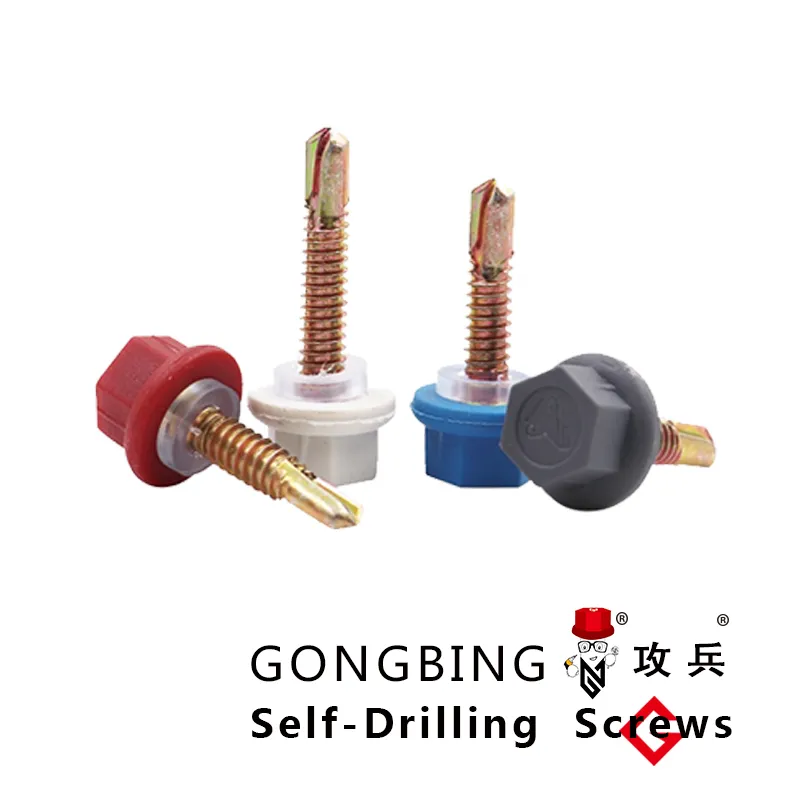m16 chemical anchors
Understanding M16 Chemical Anchors A Comprehensive Overview
Chemical anchors, particularly M16 chemical anchors, are crucial components in modern construction and engineering practices. These anchors are designed to provide secure and durable fastening solutions for a variety of applications, ranging from structural buildings to civil engineering projects. This article delves into the characteristics, advantages, and application scenarios of M16 chemical anchors.
What Are M16 Chemical Anchors?
M16 chemical anchors are a type of fastener used to securely attach fixtures to concrete and masonry. They consist of a threaded rod or bolt with a diameter of 16 millimeters, combined with a specially formulated resin or adhesive compound. This resin is injected into a pre-drilled hole along with the anchor, creating a strong bond with the surrounding material as it cures. The M16 designation refers to the diameter of the anchor, making it suitable for heavy-duty applications.
Characteristics of M16 Chemical Anchors
1. Load Capacity M16 chemical anchors are engineered to withstand significant loads, making them ideal for applications involving heavy equipment, structural supports, and dynamic loads.
2. Versatility These anchors can be used in various substrates, including concrete, brick, and stone, providing flexibility for different construction needs.
3. Corrosion Resistance Many M16 chemical anchors are available in stainless steel or other corrosion-resistant materials, ensuring longevity even in harsh environments.
4. Ease of Installation The installation process is relatively straightforward. After drilling a hole and cleaning the dust and debris, the anchor is inserted, and the resin is applied, resulting in quick curing times and reduced labor costs.
5. Non-Damaging Fit Unlike traditional mechanical anchors, chemical anchors do not expand within the hole during installation, which reduces the risk of spalling or damaging the substrate.
Advantages of M16 Chemical Anchors
m16 chemical anchors

- High Performance The chemical bond created between the anchor and the substrate surpasses traditional mechanical anchoring methods. The strength of the bond can be adjusted based on the resin used, allowing for customized solutions for specific applications.
- Shock Absorption Due to the flexibility of the resin material, M16 chemical anchors can absorb shocks and vibrations, making them suitable for applications in seismic zones or where vibrational loads are present
.- Aesthetic Finish With the anchor not protruding from the surface, M16 chemical anchors provide a cleaner aesthetic appearance, which can be particularly important in visible applications.
Applications of M16 Chemical Anchors
M16 chemical anchors are widely used in various industries, including
- Construction Used in securing beams, columns, and heavy machinery, these anchors provide the necessary support for structural integrity.
- Infrastructure Many civil engineering projects, such as bridges and highways, utilize M16 chemical anchors to ensure safety and durability.
- Industrial Settings In factories and warehouses, these anchors support shelving, equipment, and safety barriers, contributing to workplace organization and safety.
- Renovation Projects M16 chemical anchors can be employed in retrofitting existing structures, providing added strength and stability without the need for significant modifications.
Conclusion
In summary, M16 chemical anchors represent an advanced and reliable solution for securing fixtures in a range of environments. Their high load capacity, versatility, and ease of installation make them a preferred choice among engineers and construction professionals. As construction technologies continue to evolve, these anchors will likely play an increasingly essential role in promoting safety, efficiency, and durability in structural applications.
-
Wedge Anchor Bolts: Secure Fastening SolutionsNouvèlAug.05,2025
-
Insulation Fixings: Secure and Durable SolutionsNouvèlAug.05,2025
-
Full Threaded Studs: Versatile Fastening SolutionsNouvèlAug.05,2025
-
Expanding Fasteners: Secure and Reliable SolutionsNouvèlAug.05,2025
-
Butterfly Toggle Anchors: Secure and Easy to UseNouvèlAug.05,2025
-
Bracing Solutions for Steel StructuresNouvèlAug.05,2025
